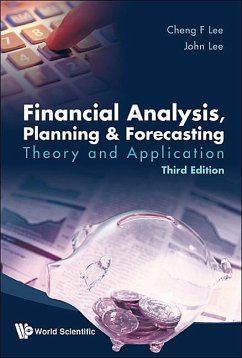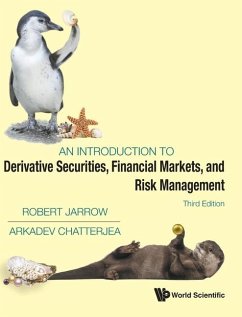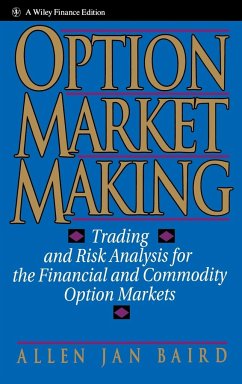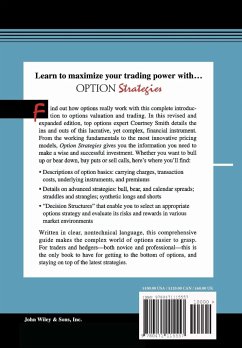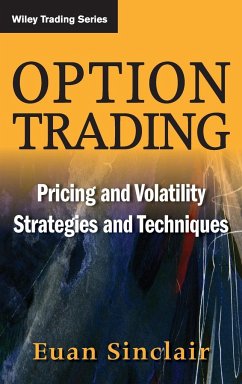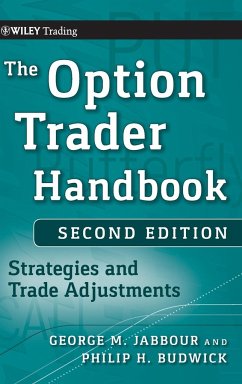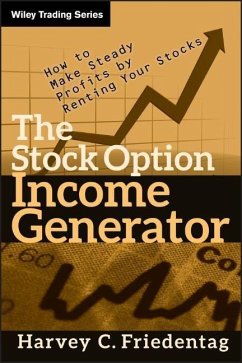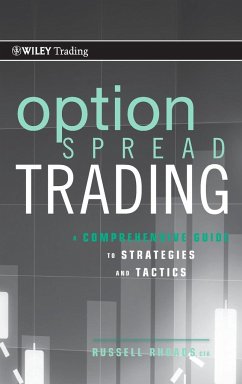Nicht lieferbar
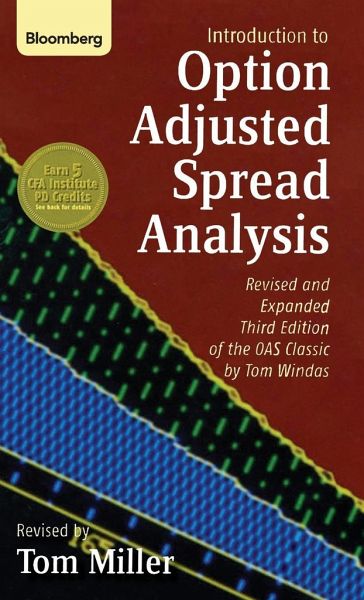
An Introduction to Option Adjusted Spread Analysis, Revised and Expanded Third Edition
Imagine this: you're offered two corporate bonds from similar issuers with identical credit ratings. Both bonds have 6 percent coupons and ten-year final maturities. The first is noncallable and priced at $98.00. The second is callable at par in seven years and priced at $97.50. Which bond is the better deal? Not the one most people would think... Top traders, investors, and analysts agree that one method, option-adjusted spread (OAS) analysis, is the most useful way to compare and value securities with options. Nearly every day the bond market figures out a new way to structure securities, mo...
Imagine this: you're offered two corporate bonds from similar issuers with identical credit ratings. Both bonds have 6 percent coupons and ten-year final maturities. The first is noncallable and priced at $98.00. The second is callable at par in seven years and priced at $97.50. Which bond is the better deal? Not the one most people would think... Top traders, investors, and analysts agree that one method, option-adjusted spread (OAS) analysis, is the most useful way to compare and value securities with options. Nearly every day the bond market figures out a new way to structure securities, most of which involve options. This book explains OAS analysis in plain English, presenting each step in the method clearly and concisely. Topics covered include: * Why yield-based analysis breaks down for nonbullet bonds * How to model put and call provisions as embedded options * How to distinguish the intrinsic and time components of option value * How to model interest-rate volatility, future interest rates, and future bond prices * How to calculate option-free price and yield * How to estimate the "fair value" of a bond * How to calculate implied spot and forward rates Salespeople, traders, and investors will want to read this book and keep it on their desks.





